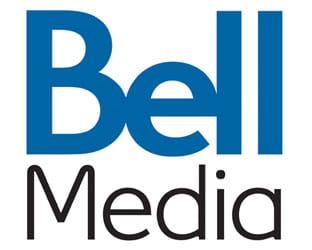Making additional spectrum available for wireless broadband is one thing; doing so at the expense of the valuable service provided by free broadcast television is another, argued former RTDNA and broadcast news executive Barbara Cochran in a Wall Street Journal debate with Mobile Future’s Jonathan Spalter.
The Wall Street Journal hosted a debate on the use of incentive auctions to reallocate spectrum in the television band, featuring Jonathan Spalter of Mobile Future representing wireless interests and Barbara Cochran, currently associated with the University of Missouri School of Journalism representing broadcast.
Spalter said that wireless companies are continually investing capital to make broadband wireless available, but the problem confronting them was lack of spectrum. “Broadcasters sit atop a large swath of underutilized spectrum, much of which they were granted free. Meanwhile, the nation’s 300 million wireless consumers continue to dramatically increase their appetite for wireless connectivity.”
Spalter argues that this can be done without damage to broadcast, suggests that broadcasters have only recently acknowledged that there is spectrum crunch on the way and are coming up with last minute alternatives. “So far, they have been short on details, but some say they could adapt their business models to offer widespread mobile TV and even wireless broadband service if technical and regulatory hurdles are removed. These speculative, audacious claims, however, come at the 11th hour of this debate, and policy makers would do right to deflect them.”
Cochran said that millions still rely on over-the-air broadcast television and noted that the necessary channel repacking has the potential to knock many stations off the air. Further, she said that participating in a spectrum auction might make sense for some broadcasters, and if so fine – but they should not be forced on the industry.
She noted that the wireless claim of a looming spectrum crunch is “hardly unanimous,” and added that the medium that is being tinkered with happens to be the leading source of local news, a fact made even more important as other local sources, in particular newspapers, struggle to remain viable.
The importance of broadcast and the failings of one-to-one wireless technology are brought into stark relief during times of emergency, noted Cochran. “East Coast residents had good reason to appreciate local broadcast news when an earthquake struck in August,” she wrote. “Cellular networks quickly became overloaded, disrupting service, but local broadcast service was uninterrupted. Similarly, during the Tuscaloosa, Ala., and Joplin, Mo., tornadoes and Hurricane Irene, local broadcasters provided urgent warnings to those in harm’s way and valuable instructions in the aftermath. These are just a few of the many emergencies in which the public has relied on local broadcasters for potentially life-saving information.”
Cochran argued that broadcasters are more than willing to hold this discussion and participate in a solution, but it must be done with all due consideration. “Perhaps the greatest danger is that the entire process will be rushed—and that in that rush broadcasters’ concerns won’t be given full weight—because of pressure on Congress’s deficit-reduction supercommittee to come up with new revenue sources that both major political parties can agree on. The committee faces a Nov. 23 deadline for a deficit-reduction plan.
Cochran concluded, “An informed public is essential to the effective functioning of democracy. The FCC’s own report demonstrates that local television plays a vital role in informing communities, a role that is becoming more essential as other forms of journalism fade.”




